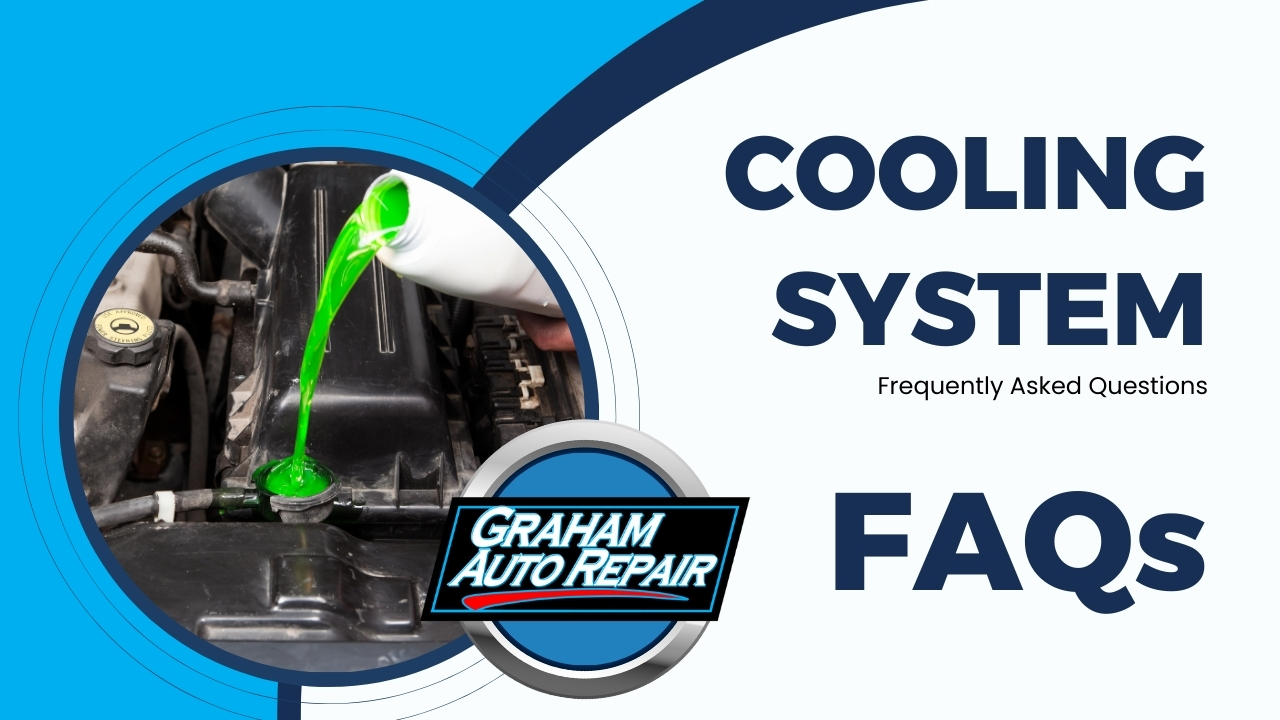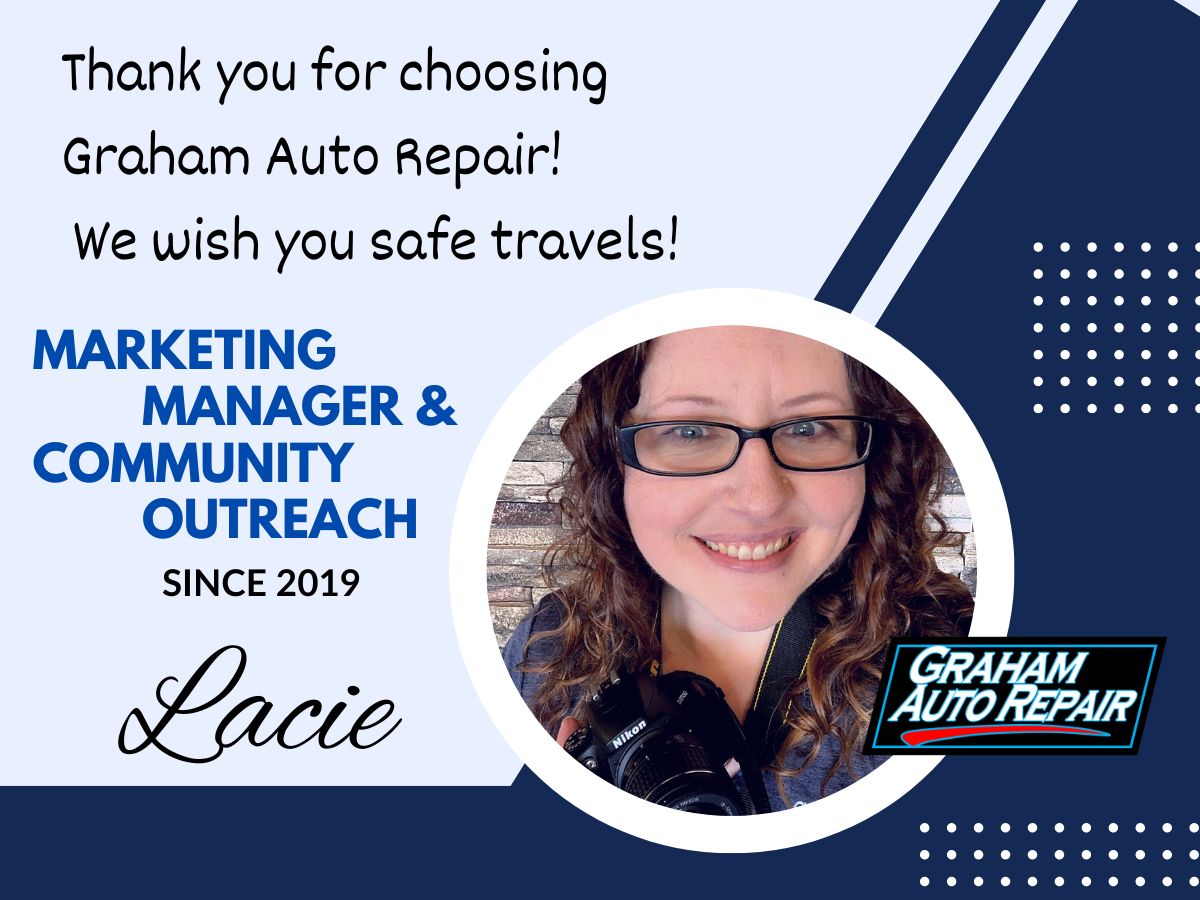
Troubleshooting Common Questions About Your Vehicle's Cooling System
Ensuring your vehicle's cooling system is in top condition is crucial for preventing costly breakdowns and maintaining optimal performance. Today we will discuss common questions and answers to help you understand and troubleshoot your cooling system. Please let us know if we missed any by sending us your questions through our Contact Page.
1. How often do you need to replace the coolant or antifreeze in your vehicle?
Coolant or antifreeze should typically be replaced every 2 to 5 years or according to the manufacturer's recommended maintenance schedule. Over time, coolant can degrade, lose its effectiveness, and become contaminated with rust, debris, or other impurities. This compromises its ability to protect the engine from overheating and corrosion. Regular replacement helps ensure the cooling system continues to function properly and extends the lifespan of engine components.
2. How do I know if my coolant needs to be changed?
Check the coolant level in the reservoir: If it's significantly lower than the "full" mark, it may indicate a leak or evaporation, necessitating a coolant refill. Inspect the coolant color: If it appears rusty, discolored, or contaminated, it's time to replace it.
3. How do you test coolant to see if it needs to be changed?
In addition to visual inspections, you can use test strips to check the potency of your coolant/antifreeze. These strips are designed to measure the concentration of corrosion inhibitors and additives in the coolant, which are essential for protecting the engine from corrosion and maintaining optimal temperature regulation. To use the test strips, simply dip them into the coolant and compare the color change to the provided chart. If the concentration falls below the recommended level, it's time to replace the coolant to ensure continued protection and performance of your vehicle's cooling system.
4. How often should the cooling system be serviced?
Check the owner's manual: Manufacturers often recommend a cooling system service or flush at specific intervals. This will typically range from every 30,000 to 60,000 miles or every 2 to 5 years. However, it's important to check the system regularly in between services. Monitor your engine's temperature. If your engine frequently overheats or runs hotter than normal, it may indicate a buildup of contaminants in the cooling system. You should also consider your personal driving conditions. Vehicles subjected to extreme temperatures or heavy towing may require more frequent cooling system servicing.
5. How do I know if my cooling system is bad?
Watch for warning signs: Symptoms of a failing cooling system include frequent engine overheating, coolant leaks, steam or smoke from the engine bay, and a sweet smell of coolant inside the vehicle.
6. What are 4 signs it may be time for new coolant or antifreeze?
Signs it's time to replace coolant or antifreeze include:
- Visible coolant leaks under the vehicle.
- Engine overheating or running hotter than normal.
- Discolored or contaminated coolant.
- Low coolant level in the reservoir.
7. What is the purpose of the radiator in the cooling system?
The radiator helps dissipate heat from the coolant by transferring it to the air passing through the radiator fins.
8. How does the water pump contribute to the cooling system?
The water pump circulates coolant throughout the engine and radiator, ensuring even distribution and optimal cooling.
9. What role does the thermostat play in the cooling system?
The thermostat regulates the flow of coolant through the engine by opening and closing as needed to maintain the engine's optimal operating temperature.
10. What are common causes of coolant leaks?
Coolant leaks can be caused by damaged hoses, a faulty radiator, a worn-out water pump gasket, or a cracked engine block or cylinder head.
11. How do I properly dispose of old coolant?
Old coolant should be disposed of properly to prevent environmental contamination. Many auto parts stores and recycling centers accept used coolant for disposal.
By investing in regular cooling system services for your vehicles, you can significantly increase reliability, lower the chances of breakdowns, and ensure your peace of mind. Want to dig deeper? Read these two additional blogs on the subject: "Cooling System: Essential Maintenance," and "Coolant: Your Engine's Protector."

Some Benefits of Having Your Vehicles Serviced at Graham Auto Repair
- We use only the highest quality parts and materials.
- We offer a lifetime warranty on most parts and labor.
- We complete a digital vehicle inspection with every service.
- We take photos & videos of the inspection to share with you via text or email.
- Our advisors partner with you to keep your fleet in its best working condition.
- We have a comfortable waiting room with TV, a coffee bar with snacks, free Wi-Fi & kids’ play area.
- We offer a courtesy shuttle for our local customers. We will pick you up & drop you off, before and after services.
- Want to drop off your vehicle before or after hours? No problem! We have a drop-box for your convenience.
Contact us today to discuss your vehicle's specific needs. Allow us to partner with you in keeping your vehicles running smoothly and efficiently.


